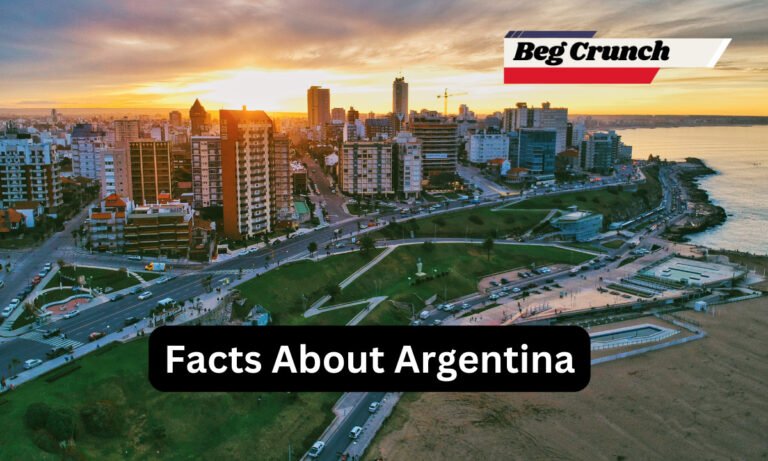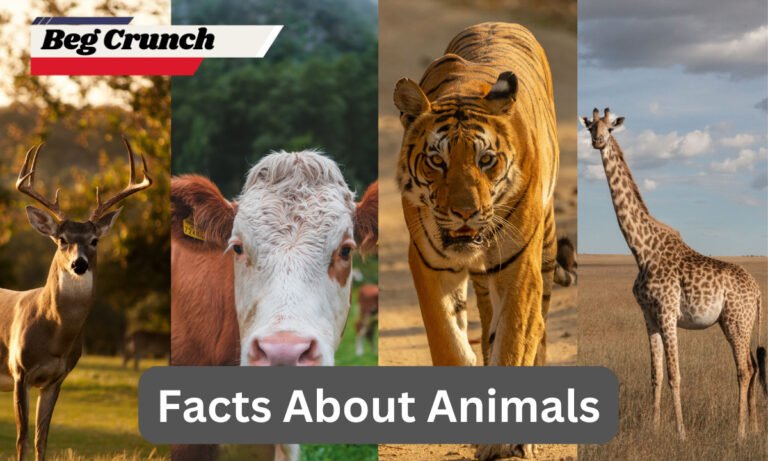Facts About Earth
Earth, the blue planet we call home, is a remarkable and vibrant world that teems with life and natural wonders. From its diverse ecosystems to its intricate geological processes, Earth holds an array of captivating facts that highlight its uniqueness in the universe. In this comprehensive article, we will explore a multitude of intriguing facts about Earth, covering its structure, life-sustaining features, environmental challenges, and the importance of conservation efforts.
The Blue Gem: Earth’s Structure and Composition
In the cosmic tapestry of planets, Earth stands as a masterpiece of geological intricacies and aquatic dominion. This exploration delves into the profound layers that comprise our planet’s structure and the majestic oceans that cloak the majority of its surface.
Layers of Earth: A Multilayered Geologic Tale
Beneath the surface beauty that graces our world lies a multilayered saga of geological marvels. Earth’s composition is an orchestra of distinct layers that shape its character and history. The inner core, a realm of extreme pressure and temperature, stands as a solid fortress primarily crafted from iron and nickel.
This central stronghold exudes a magnetic allure, contributing to Earth’s protective magnetic field—a shield against the cosmic forces that permeate space.
Beyond the inner core, the outer core embodies a transformation from solidity to liquidity. This molten region, also composed predominantly of iron and nickel, churns with dynamic currents. These convective movements within the outer core are the unseen architects of Earth’s magnetic dynamism, generating the magnetic fields that guide compass needles and shield us from the solar winds’ potent radiation.
Surrounding the core is the mantle—a vast, semi-solid expanse that embraces a range of geological processes. From the depths of the mantle, magma ascends to the surface, birthing volcanoes and igniting the fiery spectacle of volcanic activity. This layer’s fluidity, albeit on a geological timescale, lends itself to the slow and relentless movement of tectonic plates, shaping landscapes and dictating the evolution of continents over eons.
At Earth’s surface, the crust forms a fragile yet essential veneer. It is a mosaic of tectonic plates—slabs of Earth’s outermost layer that are in a constant state of motion. This orchestration of tectonics fashions mountain ranges ignites earthquakes, and constructs the very terrain upon which life thrives. The crust bears testimony to the geological ballet that has unfolded over billions of years, as continents have danced, oceans have formed and receded, and landscapes have evolved.
Oceanic Dominion: Earth’s Aquatic Mantle
Earth’s captivating landscapes extend far beyond the reaches of dry land. Oceans cloak approximately 71% of our planet’s surface, rendering it a water-dominated haven within the cosmos. These vast aqueous realms have nurtured life, sculpted coastlines, and driven climate patterns for millennia.
The Pacific Ocean, reigning supreme, earns distinction as the largest and deepest ocean on Earth. Its dominion stretches across a staggering expanse, connecting distant shores and fostering intricate ecosystems that dance within its depths. The Mariana Trench, nestled within the Pacific, plumbs Earth’s greatest depths, housing the Challenger Deep—a mysterious abyss that delves nearly 36,070 feet below sea level.
The Breath of Life: Earth’s Atmosphere and Habitability
Earth’s atmosphere plays a vital role in supporting life and regulating its climate. Here are some facts about our planet’s life-sustaining features:
- Composition of the Atmosphere
- Earth’s atmosphere is primarily composed of nitrogen (about 78%) and oxygen (about 21%), with trace amounts of other gases.
- This composition is essential for the respiration of organisms and the greenhouse effect that maintains temperatures suitable for life.
- Protective Magnetosphere
- Earth possesses a magnetic field created by the movement of molten iron in the outer core.
- This magnetosphere shields the planet from harmful solar radiation and solar wind.
Dynamic Earth: Geological Phenomena and Plate Tectonics
Earth’s geological processes are responsible for shaping its landscapes and creating diverse environments. Let’s explore some fascinating facts about these dynamic phenomena:
- Plate Tectonics
- Earth’s crust is divided into tectonic plates that float on the semi-fluid asthenosphere beneath them.
- The movement of these plates leads to various geological features like mountains, earthquakes, and oceanic trenches.
- The Ring of Fire
- The Pacific Ring of Fire is a horseshoe-shaped area in the Pacific Ocean where a significant number of earthquakes and volcanic eruptions occur.
- This region is a testament to the Earth’s active tectonic processes.
Environmental Challenges and Conservation
While Earth is a resilient and dynamic planet, it faces a range of environmental challenges that require our attention and action:
- Climate Change
- Human activities, including the burning of fossil fuels, deforestation, and industrial processes, have contributed to the increase in greenhouse gases and global warming.
- Climate change has led to rising sea levels, extreme weather events, and disruptions in ecosystems.
- Biodiversity Loss
- Human activities have caused a significant decline in biodiversity, leading to the endangerment and extinction of many species.
- Conservation efforts aim to protect and restore ecosystems and halt the loss of species diversity.
FAQs
Here are answers to some frequently asked questions about Earth:
Q1: What is Earth’s age?
Earth is estimated to be around 4.5 billion years old, based on radiometric dating of rocks and meteorites.
Q2: Is Earth the only planet with life?
As of now, Earth is the only planet in our solar system known to support life. The search for life on other planets, known as astrobiology, continues.
Q3: What causes day and night on Earth?
Earth’s rotation on its axis causes the cycle of day and night. An whole rotation takes around 24 hours.
Q4: How can individuals contribute to Earth’s conservation?
Individuals can make a difference by practicing sustainable habits such as reducing waste, conserving energy, supporting conservation organizations, and advocating for environmental policies.
The Precious Gem of Our Galaxy
Earth’s intricate systems, diverse ecosystems, and delicate balance make it a precious gem in the cosmos. Its remarkable attributes provide a unique platform for life to thrive and have captivated generations with its beauty and complexity. As stewards of this planet, it is our responsibility to cherish and protect the environment, ensuring that future generations can continue to experience the wonder of Earth’s natural wonders.
Conclusion
Earth, with its intricate layers that bear witness to eons of geological evolution, and its majestic oceans that envelope the majority of its surface, stands as a beacon of cosmic artistry and intricate design. From the inner core’s iron embrace to the aqueous expanses of the Pacific, our planet’s story is one of geologic drama and aquatic majesty. Through scientific inquiry and the exploration of the uncharted, we unearth the secrets hidden within Earth’s layers and fathom the mysteries that ripple across its oceans—a pursuit that unveils the marvels of our home within the cosmos.







